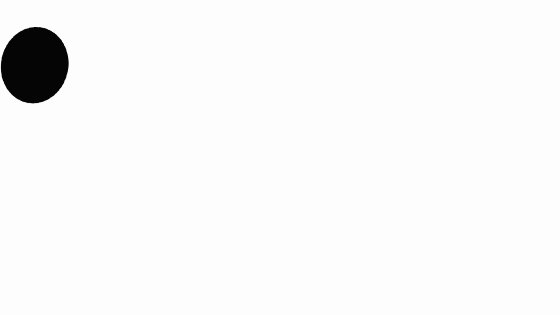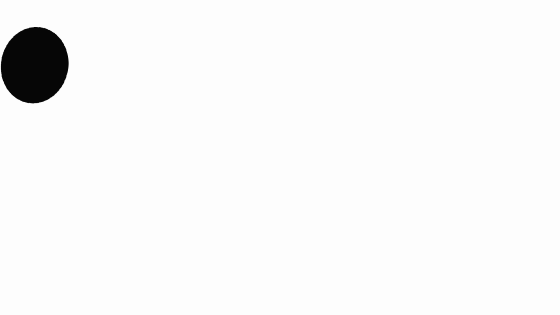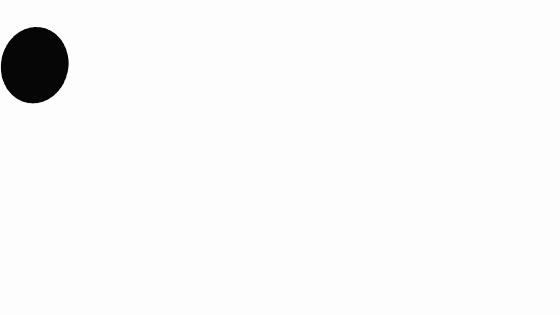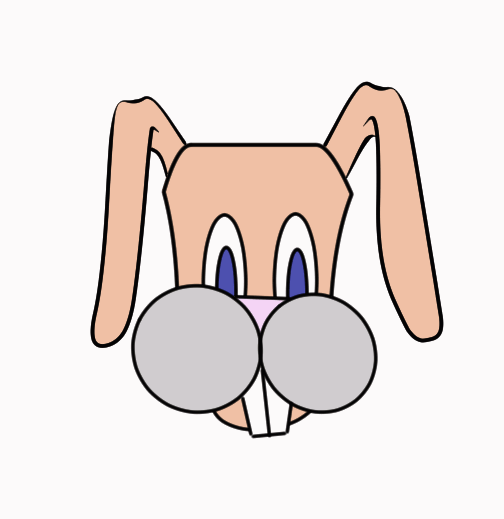Start Clip Studio Paint
File->New
Select the Video Clip Icon at the Right of “Use of Work”
<- px This Unit box is saying you are looking at the scale as pixels per inch. Options are cm, mm, in, px and pt. {See The BASICS for more on Resolution}
The standard Canvas size for a 1080p video is 1920 x 1080
I will use 1920x1080 @ 144 dpi for my animation(High Quality suitable for YouTube)
Recommended YouTube video dimensions:
240p (426 x 240), 360p (640 x 360),
480p (854 x 480), 720p (1280 x 720),
1080p (1920 x 1080)
Maximum YouTube video size: 3840 x 2160p
Minimum YouTube video size: 426 x 420p
The correct aspect ratio for YouTube: 16:9
Maximum file size for YouTube upload: 128GB
(Dragging this window wider or scrolling down gives you more optional settings to adjust… but for this intro project, the defaults will do.)
Hit [ OK ]
The "Blank Space" Setting is the White frame, this is outside of your actual output animation. The blue square is where the video will be trimmed on output. The white Frame area is “outside” space so you can continue your drawings into the region beyond the edges of your animation.
~Basically, anything you draw outside the blue box will be cut out of the final project.




